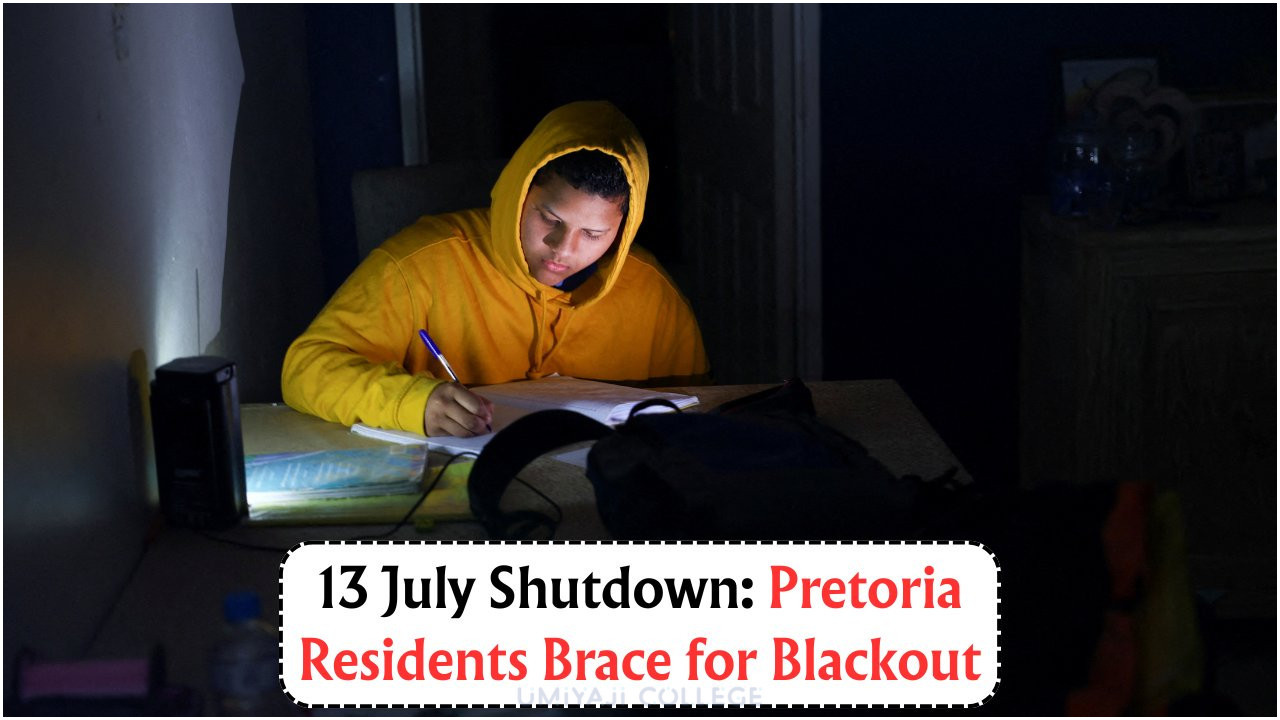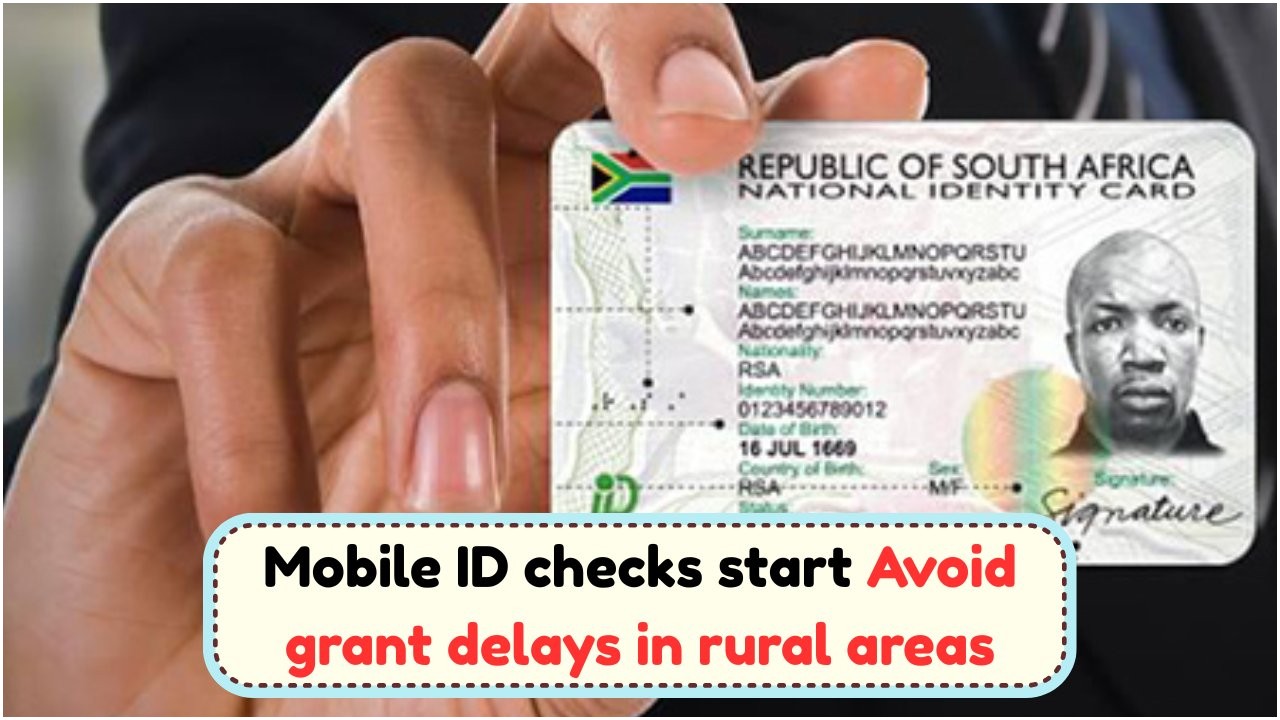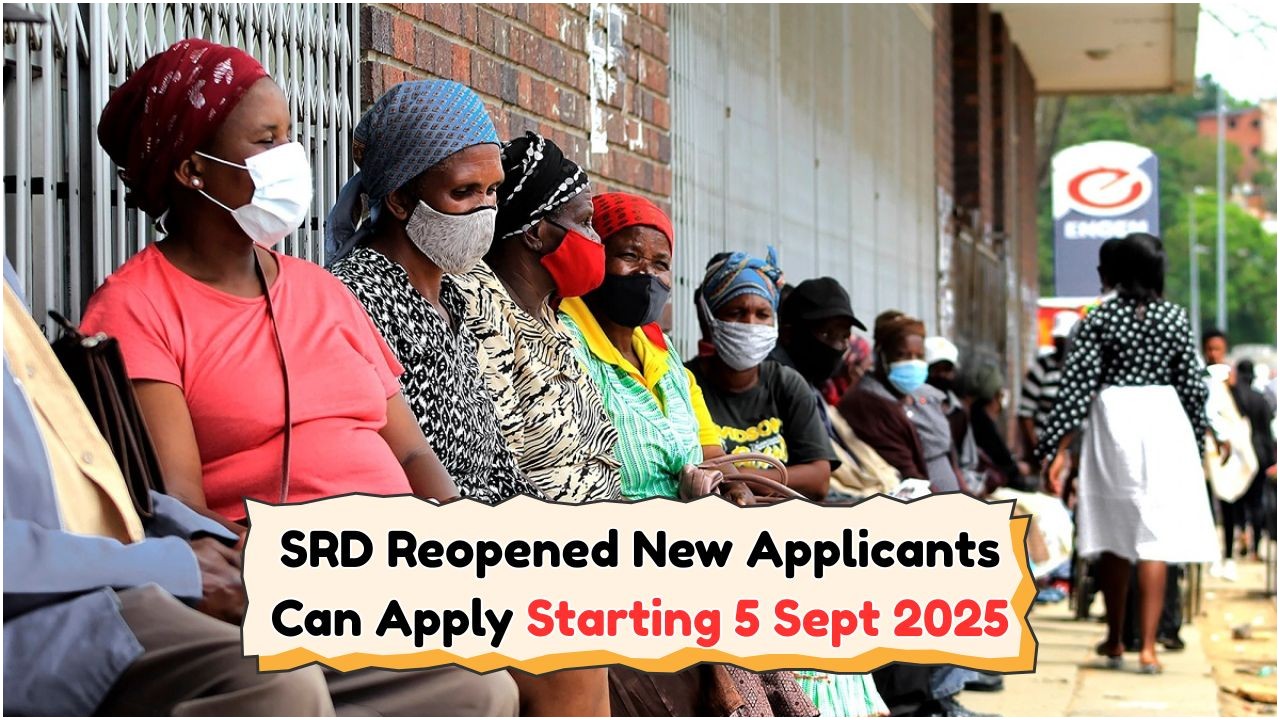Pretoria Faces Prolonged Power Outage: Pretoria is grappling with an extended power outage due to a significant infrastructure collapse. From 13 to 16 July, residents are experiencing disruptions in electricity, impacting daily life and businesses. As one of South Africa’s major cities, Pretoria’s blackout highlights the vulnerabilities in urban infrastructure, prompting discussions on energy resilience. Reports indicate that the cause of the outage is linked to aging equipment and lack of timely maintenance. This incident has raised concerns about the sustainability and reliability of the power grid, urging authorities to prioritize infrastructure upgrades and maintenance.
Impact of the Infrastructure Collapse on Pretoria
The power outage in Pretoria has not only left homes in the dark but also affected essential services and businesses. Hospitals have been operating on backup generators, and many small businesses have faced temporary closures, impacting their revenue. The outage has disrupted public transportation systems, causing delays and inconveniences. Residents have expressed frustration over the lack of communication from utility providers, calling for better transparency and updates. This situation underscores the critical need for a robust infrastructure that can withstand unexpected failures and minimize disruptions.
- Disrupted public services and transportation systems
- Financial impact on small businesses
- Increased reliance on backup power sources
- Heightened public frustration and demand for transparency
Causes Behind the Power Outage in Pretoria
The primary cause of the power outage has been identified as a failure in the electrical infrastructure, exacerbated by inadequate maintenance. The city’s aging power grid, coupled with a lack of investment in modernization, has left it susceptible to such breakdowns. Additionally, recent heavy rains have aggravated the situation, leading to further complications in the repair process. Utility companies are under scrutiny for their delayed response and lack of preparedness. Experts emphasize the importance of adopting modern technologies and practices to prevent future occurrences.
| Factor | Impact | Solution |
|---|---|---|
| Aging infrastructure | Increased failures | Investment in modernization |
| Lack of maintenance | Frequent breakdowns | Regular inspections |
| Heavy rains | Repair delays | Improved drainage systems |
| Utility response | Public dissatisfaction | Enhanced communication |
Efforts to Restore Power in Pretoria
Efforts to restore power in Pretoria are underway, with utility companies working around the clock to repair damaged infrastructure. Emergency teams have been deployed to the most affected areas to expedite the restoration process. The government has pledged support to ensure that power is restored swiftly and has urged residents to conserve energy where possible. Collaborative efforts between public and private sectors are being emphasized to enhance the city’s resilience to future outages. These steps are crucial in rebuilding trust and ensuring the long-term reliability of Pretoria’s power supply.
- Deployment of emergency repair teams
- Government support and intervention
- Emphasis on energy conservation
- Public-private collaboration for resilience
Lessons Learned from Pretoria’s Power Outage
The prolonged power outage in Pretoria serves as a critical lesson in the importance of maintaining and upgrading urban infrastructure. It highlights the need for proactive measures to prevent future disruptions and safeguard public welfare. Authorities must prioritize investments in modernizing the power grid and adopting innovative technologies to enhance efficiency. Additionally, effective communication and transparency with the public are essential in managing such crises. Residents and businesses are calling for a more resilient and sustainable energy system that can adapt to changing environmental conditions.
- Importance of infrastructure maintenance
- Need for modernization investments
- Role of innovative technologies
- Significance of public communication
Future Strategies for Preventing Power Outages
In response to the recent blackout, Pretoria is considering future strategies to prevent similar incidents. These include investing in smart grid technologies that can detect and address faults in real-time. The city is also exploring renewable energy sources to diversify its power supply and reduce dependency on aging infrastructure. Incorporating community feedback and expertise in planning processes is another key strategy to ensure that the needs of residents are met effectively. With these measures, Pretoria aims to build a more resilient and reliable energy system that meets the challenges of the future.
- Investment in smart grid technologies
- Exploration of renewable energy sources
- Community involvement in planning
- Focus on resilience and reliability
Table of Emergency Measures and Outcomes
| Measure | Outcome |
|---|---|
| Deployment of repair teams | Accelerated restoration |
| Government intervention | Increased resources |
| Energy conservation | Reduced strain on grid |
| Public collaboration | Enhanced resilience |
FAQs on Pretoria’s Power Outage
What caused the power outage in Pretoria?
The outage was caused by a failure in the electrical infrastructure due to aging equipment and lack of maintenance.
 Free Solar Water Heating Pilot Launches in 8 SA Townships This September 2025 – Apply Now!
Free Solar Water Heating Pilot Launches in 8 SA Townships This September 2025 – Apply Now!
How long did the power outage last?
The outage lasted from 13 to 16 July, affecting various parts of the city.
What are the authorities doing to restore power?
Emergency repair teams have been deployed, and government support has been provided to expedite the restoration process.
What measures are being taken to prevent future outages?
Strategies include investing in smart grid technologies, exploring renewable energy options, and enhancing communication with the public.
How can residents cope with power outages?
Residents can conserve energy, rely on backup power sources, and stay informed through official channels for updates.







